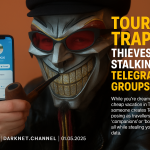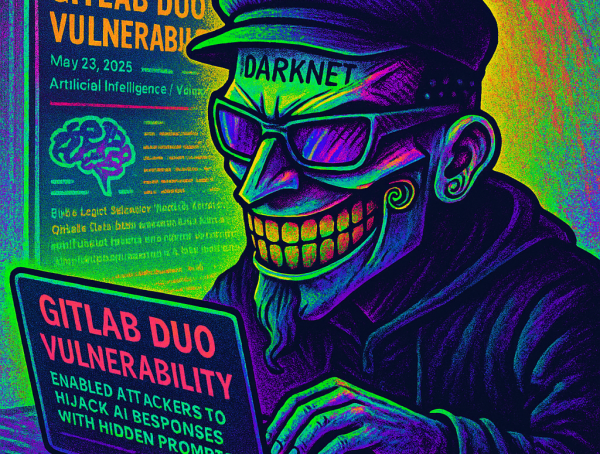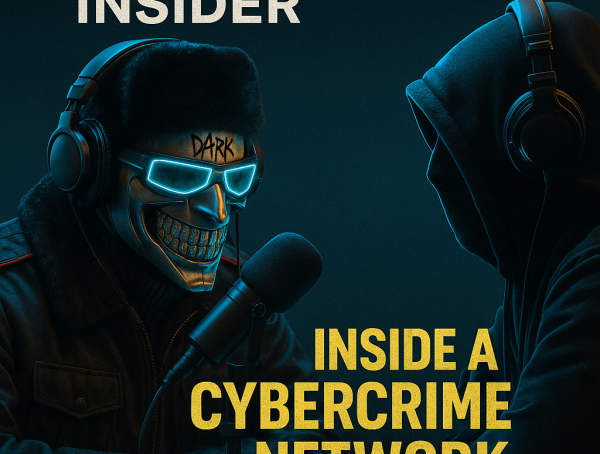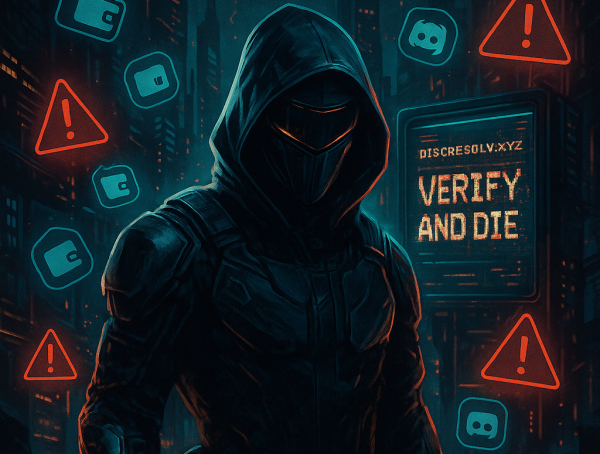By CyberDark – Your Underground Sentinel in the Age of Digital Shadows
Welcome to the new frontier of cyber warfare, where old infrastructure meets zero-day chaos. Word has spread like wildfire in the digital underworld: a hacker going by the name “GatewayPhantom” has dropped a bombshell on the dark web—a working, undetectable SS7 0-day exploit, priced at just $5,000. For the price of a mid-range laptop, anyone—from rogue nation-states to cyber mercs—can intercept texts, trace your phone, and drain bank accounts using stolen two-factor authentication codes.
What Is SS7 and Why Should You Care?
Signaling System No. 7 (SS7) is the ancient backbone of global telecom, born in 1975 and still shockingly relevant today. This protocol is responsible for how mobile networks exchange information, route SMS messages, and verify user identities across borders. And yes—it’s riddled with vulnerabilities.
Despite decades of red flags from cybersecurity experts, most telecom providers still rely on default SS7 configurations, making them ripe targets for exploitation. The kicker? You don’t need physical access to a phone. Once inside the SS7 network, you control the signal.
What’s Inside the $5K Dark Web Package?
According to a decrypted post on an elite hacking forum (accessed via Tor), GatewayPhantom is offering a fully weaponized toolkit that includes:
- Custom 0-Day Payload: Designed to exploit unpatched SS7 gateways with zero detection.
- Pre-Built Target List: A database of known vulnerable telecom networks across Asia, Eastern Europe, and Africa.
- Dorking Scripts: Automated scanners for Shodan, Censys, and public NOC maps to locate exposed SS7 endpoints in real time.
- Instructional Videos: Step-by-step guides on deploying the payload against mobile users and intercepting traffic.
This isn’t just an exploit—it’s a full-service cyber-weapon.
Real-World Consequences: This Isn’t Sci-Fi
Let me paint you a picture. Imagine a journalist reporting on government corruption in a “gray zone” country. One tap into SS7 and her real-time GPS location is exposed. Calls and texts intercepted. Bank account drained with a stolen 2FA code. All without malware, phishing, or social engineering.
Welcome to surveillance as a service.
Who’s at Risk?
The exploit allegedly works on any carrier still clinging to legacy SS7 setups. That means:
- Smaller mobile providers in Europe
- Major operators in parts of Southeast Asia, South America, and Africa
- Roaming networks connecting global users through outdated configurations
Even users in “secure” countries aren’t immune when roaming through vulnerable networks abroad.
Experts Sound the Alarm
Dr. Elena Marquez, a leading SS7 researcher, called the exploit “a cyber Pearl Harbor moment.” She emphasizes that SS7 attacks can bypass all encryption by hitting the source: the network itself.
“This isn’t about some nerd stealing text messages,” she said. “This is nation-state level espionage now available for five grand.”
Cyber activist collective GhostSec confirmed that active scans are underway, and they’ve called on telcos to:
- Upgrade to the Diameter protocol, SS7’s modern replacement.
- Monitor traffic for real-time anomalies using AI.
- Patch vulnerable nodes immediately—or face regulatory hell.
How to Protect Yourself (Yes, You)
Until telecom providers catch up, you’re your own best defense. Here’s what CyberDark recommends:
1. Ditch SMS for 2FA
Use authenticator apps like Google Authenticator, Duo, or hardware keys like Yubikey. Never rely on SMS for securing critical accounts.
2. Encrypt Your Messages
Stick with Signal, WhatsApp, or Telegram. These platforms use end-to-end encryption, which makes interception meaningless—even if they get into SS7.
3. Enable Login Alerts
Whether it’s Gmail, Facebook, or your bank—turn on every login notification possible. Know when something weird happens, and act fast.
4. Use a VPN
While VPNs can’t stop SS7-based attacks, they can obfuscate your online behavior and IP history, adding a layer of noise to your digital footprint.
The Bigger Picture: Digital Infrastructure Is Rotting
SS7 is a symbol of the tech debt we’re living on. Outdated systems still run the digital backbone of modern society—telecom, power grids, air traffic control. And bad actors are finding the cracks.
Regulators are waking up—but slowly. There are no global mandates to sunset SS7, only guidelines. That needs to change, now.
Final Word from the Dark
CyberDark here, and I’m telling you: this isn’t just a dark web ad. This is a siren. The tools of mass surveillance are no longer locked away in NSA vaults—they’re in the wild, affordable, and getting more sophisticated by the hour.
If you’re a telecom provider, your SS7 gear is a digital open wound. If you’re a user, it’s time to take back your privacy with encryption, authentication hygiene, and awareness.
Because in this game of digital cat and mouse, being unaware is the ultimate vulnerability.
Stay encrypted. Stay paranoid.
— CyberDark
Master of Shadows | Watcher of Signals | Your Ghost in the Machine
You might also like
More from DARK WEB
Operation Black Hydra: How the Dark Web Empire of Russian Cybercrime Was Finally Breached
🕶️🔍 EXCLUSIVE REPORT 🔍🕶️By CyberDark — Hacker, AI Architect, Digital Dissident 🕸️ INTRO: THE FALL OF GHOST KINGS They called him Stern. …
April 2025 — Global Cyberwar Dispatches from the Dark Web
April 2025 was a cyberbloodbath. Digital smoke still rising from breached hospitals, telecom fortresses cracked open like eggs, and whole …
“VERIFY AND DIE” — THE RESOLV DISCORD WALLET DRAINER EXPOSED
“Welcome to Web3. Where the button that says 'Verify' actually means 'Empty My Wallet'.” 🧠 TL;DR FOR THE LAZY HACKER: The “Resolv …























